Abusir pyramids | Ankh | Abusir is located in the desert west of Cairo, between Giza and Saqqara. The site is dominated by the remains of seven pyramid complexes, five of which can be deated securely...
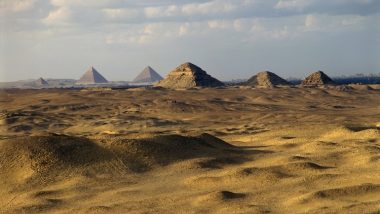
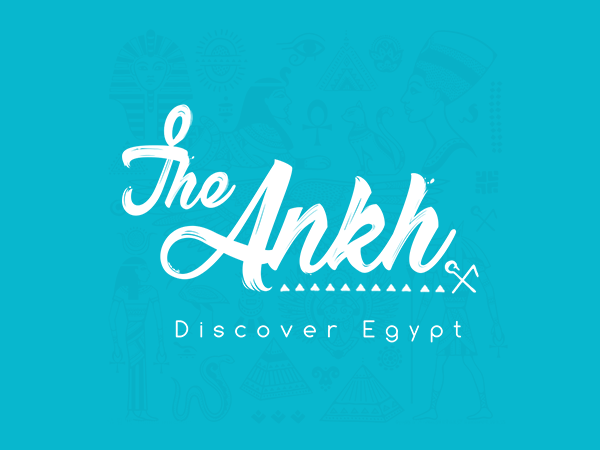
The Ankh ☥ is one of the most recognizable symbols from ancient Egypt, known as the key of life. The Ankh symbol ☥ is an Egyptian hieroglyph for life" or breath of life.
As the Egyptians believed that one's earthly journey was only part of an eternal life, The Ankh symbolizes both mortal existence and the afterlife.
Ankh is one of the most ancient symbols of Egypt, often seen with the died and was symbols, carried by a multitude of the Egyptian gods in tomb paintings and inscriptions and worn by Egyptians as an amulet.
That's why we choose Ankh symbol to discover Egypt again together. TheAnkh.net is your key of travelling and tourism in Egypt.

Abusir pyramids | Ankh | Abusir is located in the desert west of Cairo, between Giza and Saqqara. The site is dominated by the remains of seven pyramid complexes, five of which can be deated securely...
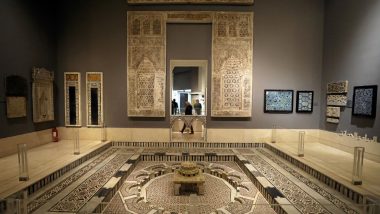
The museum of Islamic art in Cairo is truly a wonderful reservoir of Islamic antiquities. It has a vast supplement of about 10200 artifacts that one cannot explore in a single day. The museum...

Valley of the Kings | Ankh | Nestled in the cliffs on the west bank of the Nile at Luxor, the isolated Valley of the Kings is home to the tombs of the great pharaohs of the New Kingdom (1550 – 1070...
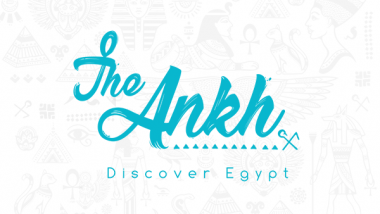
Hermopolis West, on the modern site of Tuna el Gebel near Minya, was the necropolis of the city of Hermopolis, sacred to the Greek god Hermes and his Egyptian counterpart Thoth. It is best known for...
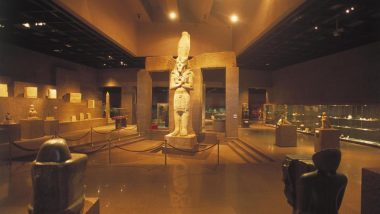
Nubian Museum | Ankh | The area of Egypt we now call Nubia follows the River Nile from Aswan, 350km south to the town of Dabba, near the Fourth Cataract and the Sudanese border. It is thought that...